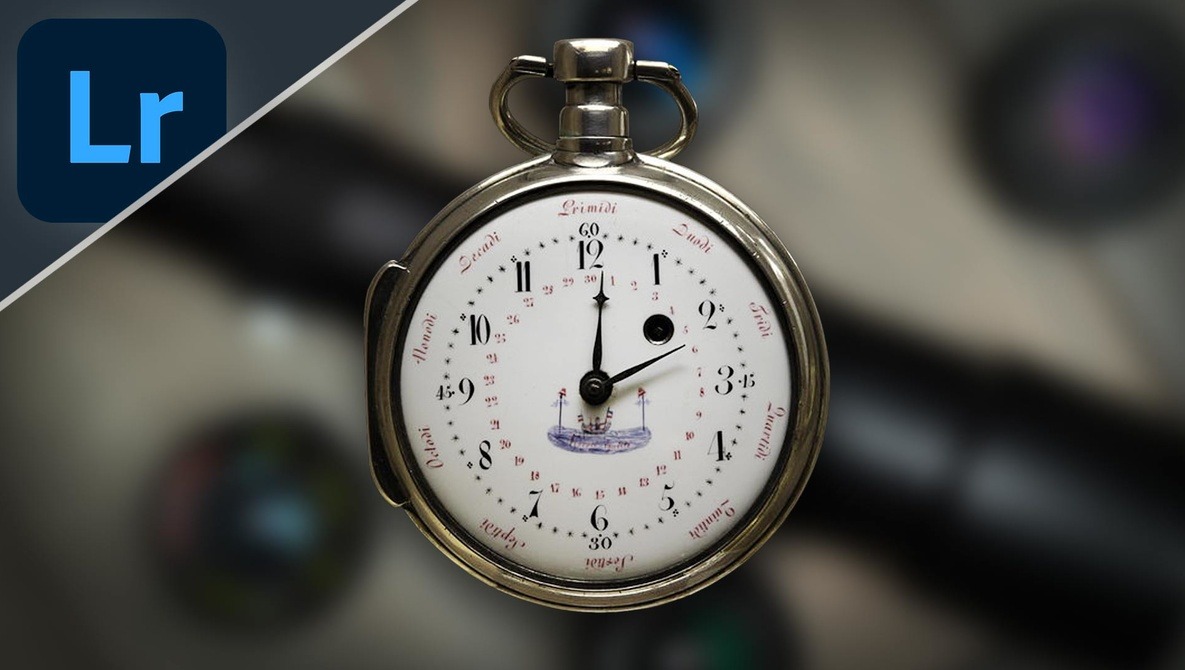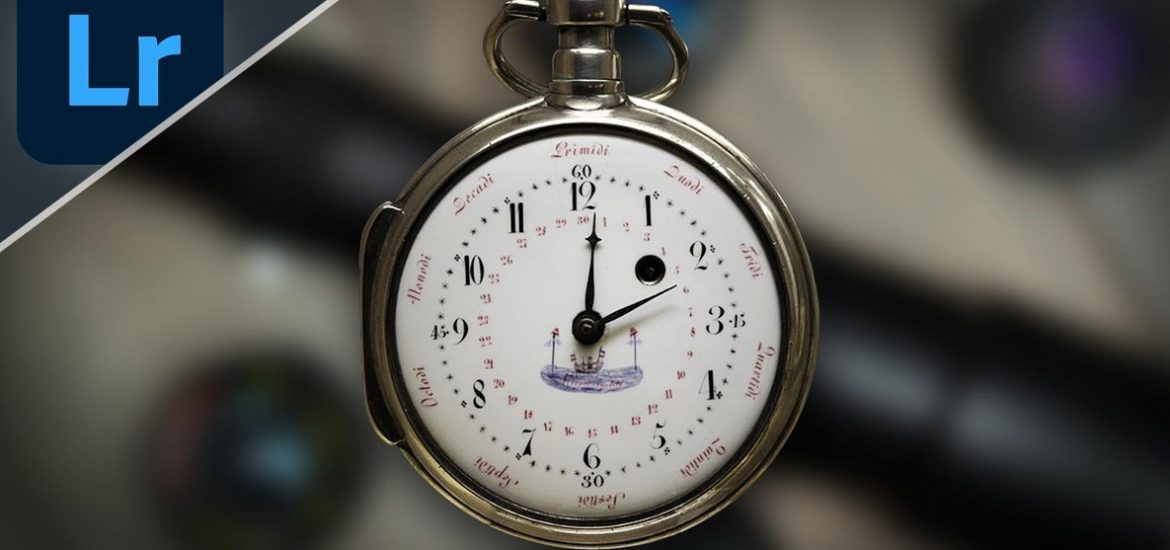
There’s a lot of time-wasting traps you’ll encounter when editing images in Lightroom, things that’ll send you down a rabbit hole for hours on end. Find out how to avoid them and what to do instead.
You shouldn’t be spending any more time in front of the computer than you have to, not only for your own personal health but so that you can be more efficient and proactive in your photography endeavors.
Lightroom is a fantastic image editing software that I use on a daily basis, but when I first started out I fell down the rabbit hole and spent hour after hour painstakingly removing blemishes, adjusting little things, and balancing colors all day long. Was it worth it? No. In fact, although I learned a lot, the biggest thing I discovered from the whole process was that I needed to sharpen my skillset and save time in the post-production stage. I’ve done the grinding so you don’t have to, so read on to find the 7 biggest time-wasting traps you should avoid in Lightroom, and how to avoid them.
Fine-Tuning White Balance
If you’re a photographer that likes to rely on automatic settings to get the job done then you may have noticed that despite shooting in the same location for an hour or so, each of your photos is colored differently. That might be because you’re using automatic white balance (AWB) which your camera will change depending on the colors and tones you’re photographing.
It’s tempting to sit there and fiddle with the white balance slider in the Develop module until everything is just right, but there’s an easier way. Grab the Eyedropper tool from the top of the panel and click any section in your scene that provides a neutral gray or white tone. That could be the dark side of a cloud, a wall, clothing, or anything else which you determine should be roughly gray or white. Before you commit with a click you can always preview the effect it’ll cause in the top-left Navigator box.
Cleaning Noise From Photos
As I said in a previous post, noise in photos is rarely an issue these days. It’s more of a problem if you haven’t utilized the right camera settings to start with and have to start editing photos to embellish shadows or lift exposure.
A little slide on the Luminance features in the Detail panel will alleviate most problems, but you needn’t worry too much about removing noise. It’s better if you perfect the shooting process by either lowering your ISO and using a tripod (if the shutter speed is the problem) or engaging in long exposure noise reduction when photographing.
Running the Same Settings Again and Again
You’ve run through the whole of the Develop module, dialed in your exposure, calmed down the highlights to reveal more detail, and perfected the curves just so. The photograph is now perfect and you’re ready to move on to the next image. You love the style and want to make the same edits to future photos. But you don’t need to do everything all over again, just head to the Presets tab on the left of the window and make your own custom preset to apply settings to multiple photos at any time. It might not work perfectly for every shot you ever take, but it’ll get you 90% of the way there, and then you can just make little tweaks depending on the type of image you’re working on.
Making the Same Edits To Multiple Photos
Say you’ve just imported the latest photoshoot, you have a bunch of shots that are all quite similar to each other. The photos are perhaps covered in image sensor spots or have similar lighting issues you wish to address. Now, you could just race in there and edit everything correctly on the first image, then head to the next and make the same tweaks. Or, you could make those initial edits, then select the rest of the photos in the filmstrip at the bottom of the window (Shift + click), and then hit Sync in the bottom-right. From here you can select to synchronize all settings, so that everything you’ve done will be applied to the rest of your photos. Alternatively, you could select one, two, or any number of edits you’ve made to synchronize across the rest of the shoot. Lightroom should process this in a matter of seconds and you’ll be all set.
Painting Your Own Vignette
One way to draw focus to the center of a photograph is to use a vignette. Whether bright or dark, a vignette sits around the edge of the frame and pushes focus into the middle of the shot. Some beginners start doing this with the adjustment brush, or perhaps the radial filter. That’s a fine way to do it, and will give you a lot of flexibility when it comes to adding in extra detail such as highlights, shadows, color, and more. However, if it’s just a lightening or darkening of the vignette that you want, then you might find it much quicker to use the post-crop vignette in the Effects panel in the Develop module. That way, no matter how to adjust the crop of your photo, Lightroom will automatically readjust the vignette so that it fits. This works just as well when combining with the previous step and synchronizing settings across multiple photos.
Keywording Individual Photos
Keywording photos is a lifesaver when you can’t remember where your photos are stored. But going through every shot and reinputting the same old words can be time-consuming. Luckily, there’s a faster way to do this. Just import your photos to Lightroom, and on the import window add in the keywords. As the files import, Lightroom will automatically attribute the keywords to the photos and you can sit back and relax when it comes to finding that last holiday snap you took in Cancun.
Organizing Your Own Collections
Organization in Lightroom is almost as important as the edit itself. We do this in Lightroom by using Collections which are subfolders recognized solely by Lightroom and are not separated locally on your device. However, just as you can search for certain photos using keywords, you can also have Lightroom automatically add photos to collections based on those keywords by using Smart Collections. Smart Collections allows Lightroom users to add rules to filter shots by, whether using keywords, star ratings, etc. That means no more manual folder-making and time saved organizing your photos in Lightroom.
Main image made in part by Ludo29 & Rama via Creative Commons
